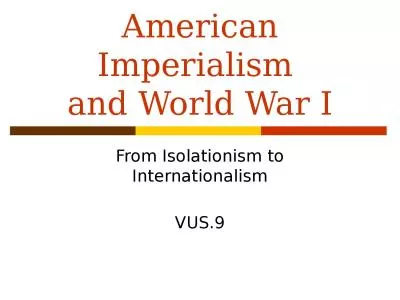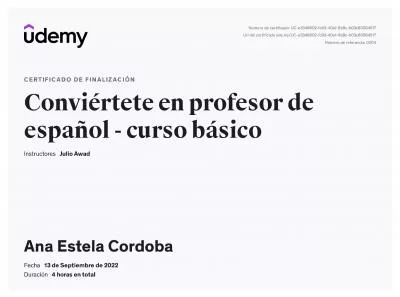PPT-Chapter 18-2 The Spanish American War
Author : pamella-moone | Published Date : 2016-10-16
Mr Hammill Phillip O Berry HS Where was the war fought The Philippines Cuba USA Problems in Cuba Cubans rebelled between 186878 fighting for independence from
Presentation Embed Code
Download Presentation
Download Presentation The PPT/PDF document "Chapter 18-2 The Spanish American War" is the property of its rightful owner. Permission is granted to download and print the materials on this website for personal, non-commercial use only, and to display it on your personal computer provided you do not modify the materials and that you retain all copyright notices contained in the materials. By downloading content from our website, you accept the terms of this agreement.
Chapter 18-2 The Spanish American War: Transcript
Download Rules Of Document
"Chapter 18-2 The Spanish American War"The content belongs to its owner. You may download and print it for personal use, without modification, and keep all copyright notices. By downloading, you agree to these terms.
Related Documents

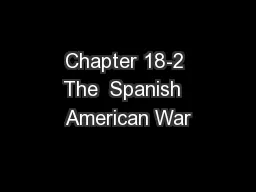
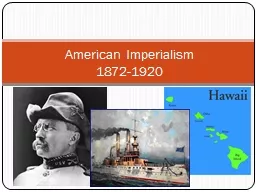
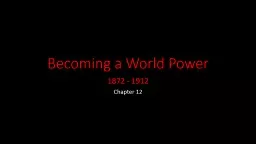
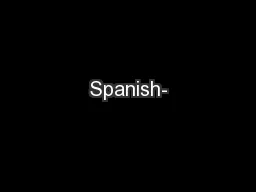
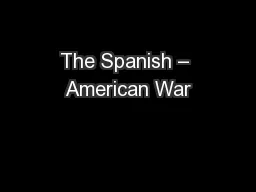
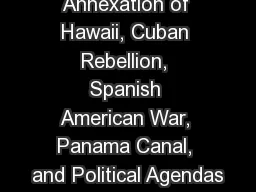
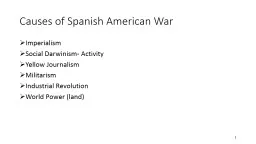
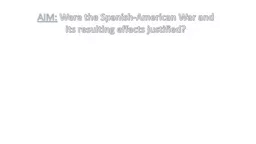
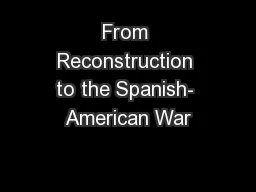
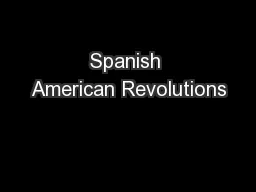
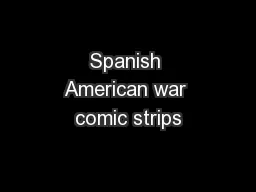
![[EBOOK] Getting Started with Spanish: Beginning Spanish for Homeschoolers and Self-Taught](https://thumbs.docslides.com/1008295/ebook-getting-started-with-spanish-beginning-spanish-for-homeschoolers-and-self-taught-students-of-any-age-homeschool-spanish-teach-yourself-spanish-learn-spanish-at-home.jpg)
